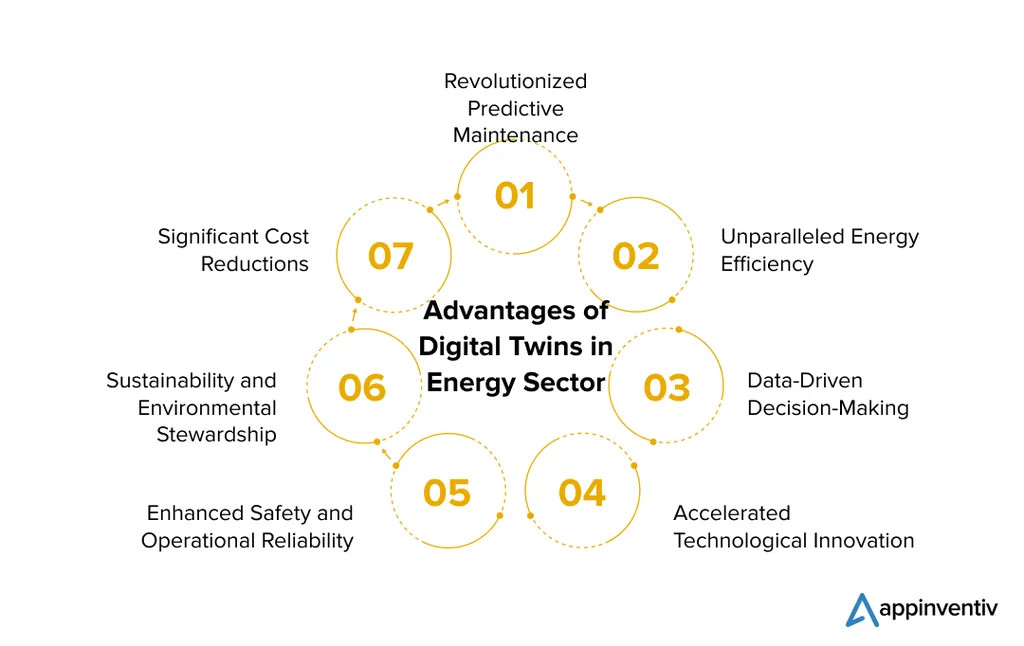In the quest to bolster the reliability of renewable energy systems, researchers have developed a groundbreaking approach to monitor and predict the degradation of critical components in power electronic converters. Sukanta Roy, an assistant professor at Florida International University’s Department of Electrical and Computer Engineering, has led a team that created a physics-informed, data-driven digital twin (DT) for H-bridge inverters, a crucial component in grid-connected distributed energy resource systems.
The team’s work, published in the IEEE’s open-access journal, Access, addresses a significant challenge in the energy sector: the performance deviation of inverters due to component degradation from environmental stressors. “This is a major reliability concern,” Roy explains, “and our goal was to develop a tool that can accurately estimate degradation, enabling better condition monitoring and long-term health assessment of these systems.”
The digital twin, developed using physics-informed machine learning (PIML), is a virtual replica of the physical inverter. It’s created using experimental data collected from an inverter prototype and optimized via particle swarm optimization, a computational method inspired by the social behavior of bird flocking or fish schooling. The team then introduced continuous degradation to filter parameters, including parasitic resistances and aging factors, generating a comprehensive dataset for training supervised machine learning models.
To mimic real-world conditions, the researchers introduced measurement noise, such as ripple and ground loop effects, for capacitor parasitic resistance. “This is where our approach truly shines,” Roy says. “Our PIML-DT approach, enhanced with a modified loss function and physical constraints, accurately estimates capacitor equivalent series resistance despite partial and noisy measurement data.”
The results are impressive. The model achieved an R² of 0.6918 and a root mean square error (RMSE) of 0.0053, demonstrating strong resilience to noise and effective tracking of inverter degradation. This means that energy companies can now have a more reliable tool to predict when maintenance is needed, reducing downtime and improving the overall efficiency of renewable energy systems.
The commercial implications of this research are substantial. As the world shifts towards renewable energy, the need for reliable, efficient power electronic converters becomes ever more critical. This digital twin technology could revolutionize condition monitoring, enabling predictive maintenance and extending the lifespan of these crucial components.
Moreover, the approach developed by Roy and his team is not limited to inverters. It can be applied to other power electronic converters, potentially transforming the entire energy sector. “This is just the beginning,” Roy notes. “We’re excited to explore the broader applications of this technology and its potential to improve the reliability and efficiency of renewable energy systems.”
As the energy sector continues to evolve, innovations like this digital twin technology will play a pivotal role in shaping its future. By enabling more accurate condition monitoring and predictive maintenance, this research could help accelerate the transition to a more sustainable, renewable energy future.

